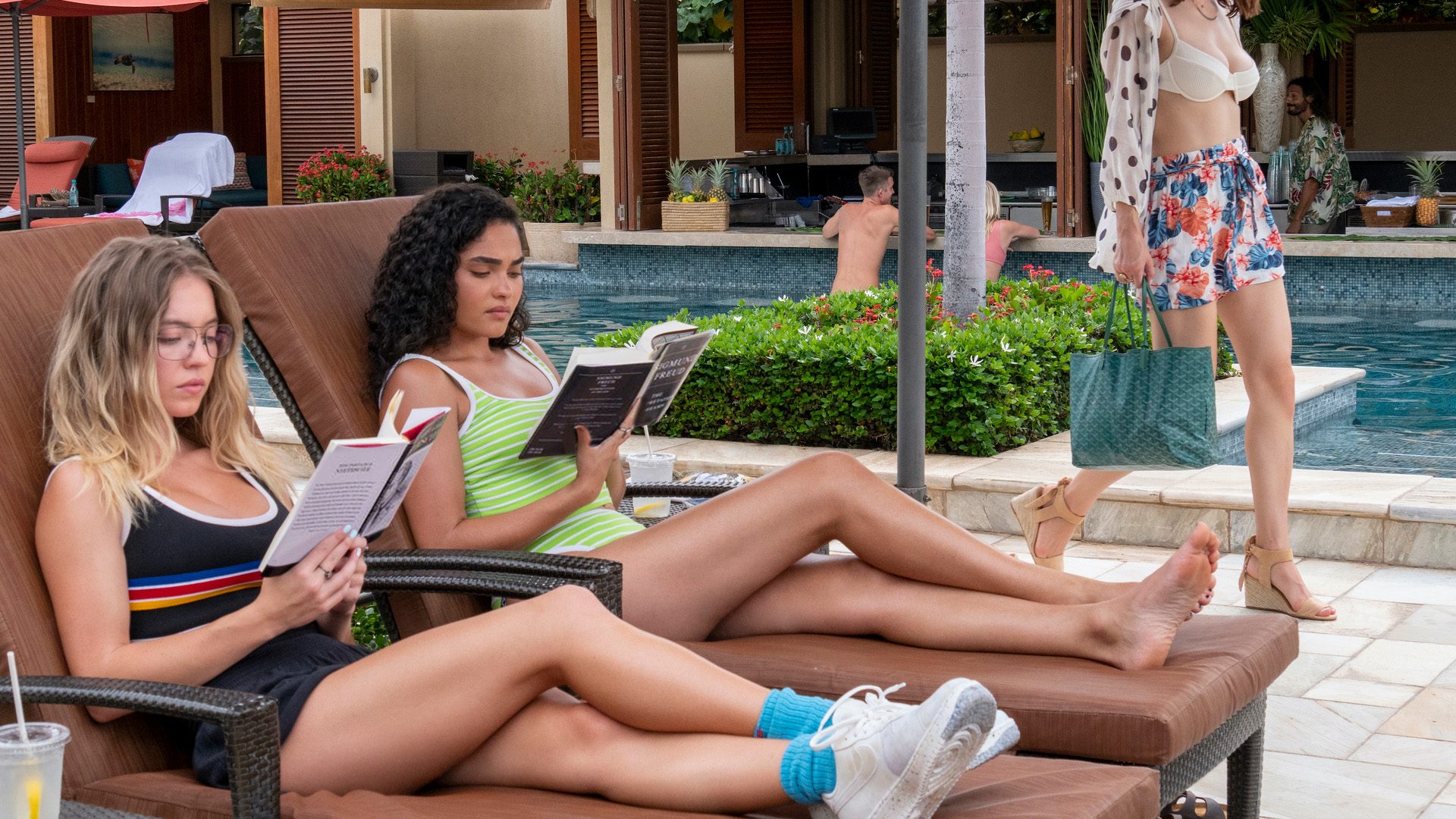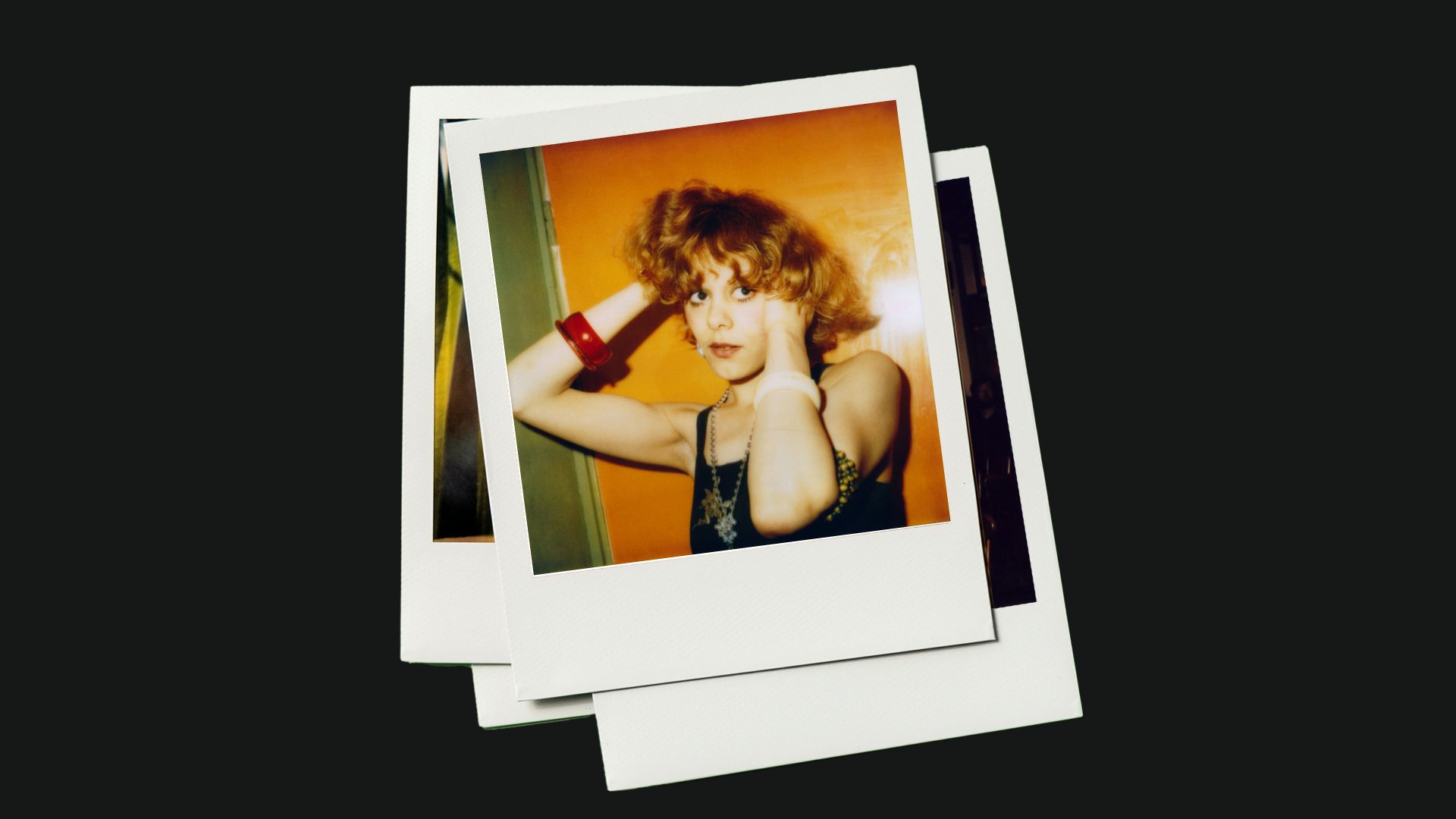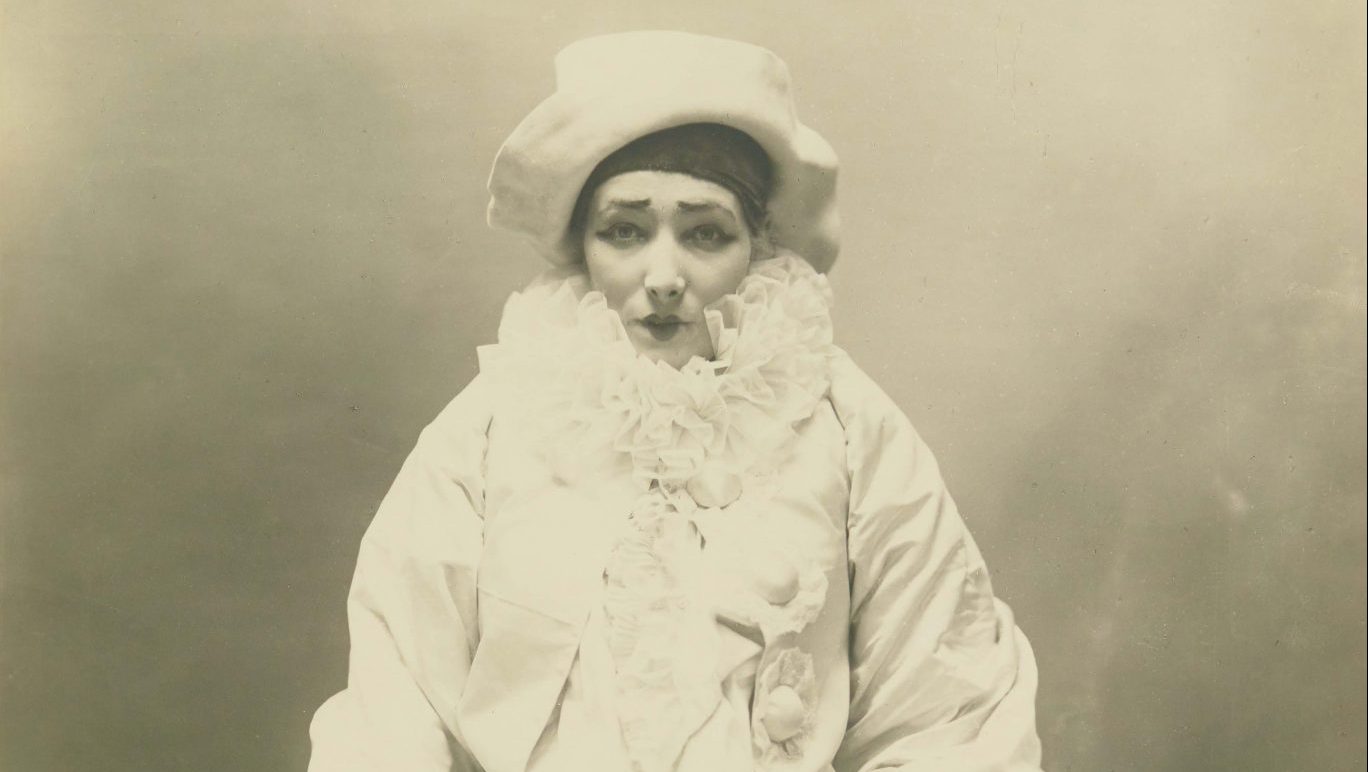When a Book of Hours dating back to 1527 went on display at Hever Castle in Kent earlier this month, it caused far more excitement than one might ordinarily expect. It is a beautiful object featuring colourful illustrations still as vivid as the day they were inked and worth seeing purely on its own merits, but this volume of prayers has a provenance beyond being simply a nice thing to stick in a glass case.
This Book of Hours has been confirmed as belonging to Henry VIII’s enforcer Thomas Cromwell, currently enjoying enhanced posthumous celebrity thanks to Hilary Mantel’s Wolf Hall trilogy, and is the same edition as those once owned by Henry’s first two wives, Catherine of Aragon and Anne Boleyn. The book has been in the Trinity College Library in Cambridge since 1660 and was tracked down by curators from Hever Castle in 2021, who have since conducted rigorous tests to confirm the book was indeed Cromwell’s personal copy.
One source that helped to cement the connection between book and original owner is the famous 1532 portrait of Cromwell by Hans Holbein, in which what turns out to be the Book of Hours is placed prominently on a table in the foreground.
This makes Cromwell’s book the only surviving relic seen in any piece of Tudor artwork and gives us the opportunity to be in the same room as something that was once in the presence of kings, queens and some of history’s most significant figures.
In addition, this remarkable discovery presents me with an opportunity to out myself as an indulger in a slightly weird literary pastime.
Every time I’ve looked at that portrait of Cromwell, my eye has been drawn to the book on the table, wondering what it was. I knew it had to be a religious work of some kind – it was never exactly going to be a Jilly Cooper, after all – but it was too slim to be a bible. The book tantalised me, thinking about Cromwell arriving for his portrait sitting with it in his hands, telling Holbein he wanted it in the picture with him, the artist placing it carefully on the table, turning it slightly until he was happy with the angle. Cromwell picking it up and taking it away afterwards, going back to his apartments, unhooking the clasps and finding the passage most appropriate to whatever political machinations he was orchestrating at the time.
I’m the same with Matisse’s Still Life With Books and a Candle and The Yellow Books by van Gogh, wondering what those volumes are, who read them, what became of them. Most of all, however, I am a little obsessed with spotting and identifying books that appear in films and on television.
Put a character at a desk with a book on it or on a sunlounger with a paperback splayed on their chest and I am zoning out of that scene to zoom in on that cover. Stick someone in front of a bookcase and I am gone, head tilted at 90 degrees, scanning those shelves like the Terminator giving a mouthy street punk the once-over. This meant that during the lockdowns, when practically everyone appeared on television via Zoom in front of a bookcase, my head was so often tilted sideways I think the left side of my neck is now permanently longer than the right.
Like most authors there’s probably a faint hope that one of my own books is going to turn up in the back of shot (which did happen once, as it happens, in a feature on Laurence Llewelyn-Bowen’s holiday home a few years ago when the camera panned across the bedroom to reveal a Connelly on the bedside table), but this is definitely not unadulterated vanity. If you ever pull out a book on the bus, that weird fella nearby doing furtive contortions is probably me trying to see what you’re reading. Invite me to your home and show me into a room with a bookcase and I’m drawn to it like a harpoon-toting Suella Braverman to a dinghy. I find books interesting, I find people interesting and I find people’s books absolutely fascinating.
We can all remember and recite favourite scenes and lines from film and television, but I now have an additional mental library of books spotted on the screen. John Travolta’s Vincent Vega sitting on the toilet immersed in a collection of Peter O’Donnell’s comic creation Modesty Blaise in Pulp Fiction, for example, Herman chuckling his way through Edgar Allan Poe’s The Murders on the Rue Morgue in an episode of The Munsters or Alexandra Daddario’s Rachel working her way through Elena Ferrante’s My Brilliant Friend during the first series of The White Lotus. This kind of thing sends me into raptures.
The 2020 television adaptation of Sally Rooney’s Normal People was practically a literary festival in itself. From the first episode when Connell pulls Doris Lessing’s The Golden Notebook from Marianne’s shelf to the last when he gifts her a book of Frank O’Hara’s selected poetry, the lead characters in Normal People might not be able to communicate with each other but the long list of books that appear on screen, even fleetingly, are practically singing to me. Connell reading Arthur Miller’s All My Sons on a train to Venice? Check. Marianne looking wistfully over the top of Kazuo Ishiguro’s Never Let Me Go? Check.
Now, they were studying literature so it would be weird if books didn’t loom up throughout the 12 episodes; likewise Hugh Grant reading Captain Corelli’s Mandolin in Notting Hill is no great surprise given his character runs a travel bookshop. It’s the unexpected literary glimpse that gives me an extra frisson, a connection even, like catching sight of someone wearing the shirt of your favourite football team when you’re abroad.
Clarence the newly bewinged angel giving James Stewart’s George Bailey a copy of The Adventures of Tom Sawyer by Mark Twain at the end of It’s a Wonderful Life practically has me leaping out of my cinema seat every Christmas while his Elwood P Dowd reading aloud the opening lines of Sense and Sensibility in Harvey makes me much happier than it probably should. Ditto in The Life Aquatic with Steve Zisou when Cate Blanchett as Jane is seen reading Proust’s Swann’s Way, and Jean Seberg’s Patricia wielding a hardback copy of The Wild Palms by William Faulkner in Á bout de souffle.
“Do you know William Faulkner?” she asks Michel. “No,” he replies. “Who’s he? Have you slept with him?”
When harvesting these literary glimpses, I’d assumed that while books used by screen characters are deliberately selected, the rest are just there by chance, maybe even just books the actors happen to be reading at the time. In the series two finale of Succession, for example, while Shiv Roy is on the beach plausibly reading Sally Rooney’s Conversations with Friends (hard to identify as she has the paperback cover folded back, but hey, I nailed it), Gerri has a copy of Polish Girls by Dagmara Domińczyk – who plays Carolina in the series.
Yet these sightings are far from accidental. Quite the opposite, in fact. According to Annie Atkins, a graphic designer and artist who makes props for film and television and the author of Fake Love Letters, Forged Telegrams, and Prison Escape Maps: Designing Graphic Props for Filmmaking, when a book appears on the screen it is the culmination of a complicated legal permissions process.
“Absolutely every piece of graphic design we put in front of a camera needs to be approved by legal clearance, including books, author names and titles,” she tells me. “That means we either seek permission from publishers to show real books, or we create original artwork for fake ones.”
Permissions aside, fictional productions often need fictional books by fictional authors, from the works of Jessica Fletcher in Murder, She Wrote to The Dark Face of Love by Guinevere Beck in the first series of Netflix’s serial killer drama You. And somebody has to make them.
As well as ephemera like newspapers, police mugshots, laundry tickets and banknotes, Atkins has created books for productions ranging from The Tudors – “my favourite, an old book with diagrams of women giving birth in it” – to The Grand Budapest Hotel.
“I’ve made books for most of the films I’ve worked on,” Annie says. “Costume dramas are pretty easy for books because you can just use a load of generic-looking leather-bound things from prop-houses. It’s when you hit the 20th century – books need cover design. A handy way to do it is to wrap real books in dust jackets. In The Grand Budapest Hotel we made the eponymous pink book as a dust jacket wrapped around a real book.”
While it’s a little deflating to learn that what I’d seen as a moment shared between me and a character on screen has actually gone through several rounds of negotiation and contract vetting, the thrill of recognising Rona Jaffe’s The Best of Everything in Don Draper’s hands in Mad Men, or Terry Scott’s harassed police sergeant propping up Maigret at the Crossroads against a milk bottle in The Great St Trinian’s Train Robbery will never really diminish.
In fact, Thomas Cromwell’s Book of Hours also helped me recognise where this little quirk of bookish eccentricity might have come from. It was, I think, another picture that triggered it, specifically an old black and white photograph.
We don’t have many pictures of my dad, but one I became increasingly drawn to as his Alzheimer’s worsened until his death in 2016 was taken when he was in his late teens on holiday at a caravan park with his mates. He’s sitting on a deckchair with his hands behind his head looking blissfully happy, brimming with the invincibility of youth and the easy comfort of friendship. On his lap is an open book, pages fanning in the breeze. I can’t see what it is; can’t even tell if it’s hardback or paperback and will never know what he was reading that day when he must have felt on the thrilling threshold of life, far from the frightened old man he became, lying in a care home bed being gradually erased by a cruel disease.
Not knowing what he was reading that day is one of a million lost connections, one I strive to fill anywhere from Netflix to a man with a book walking into a room half a millennium ago wanting some essence of himself to be preserved for ever.




